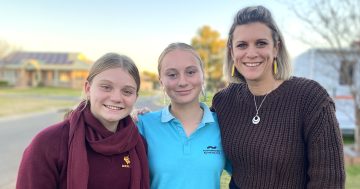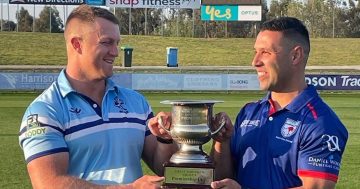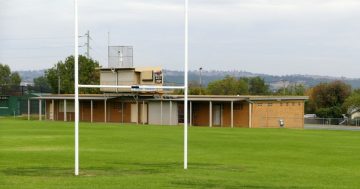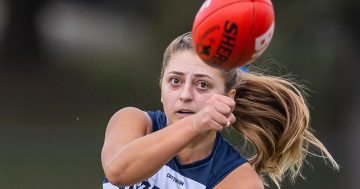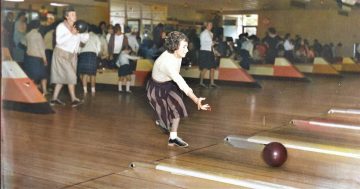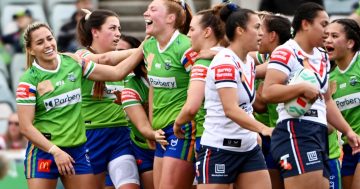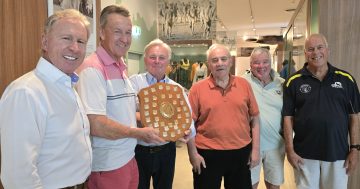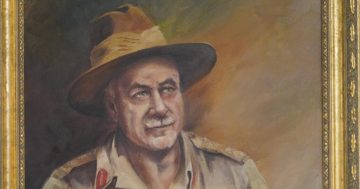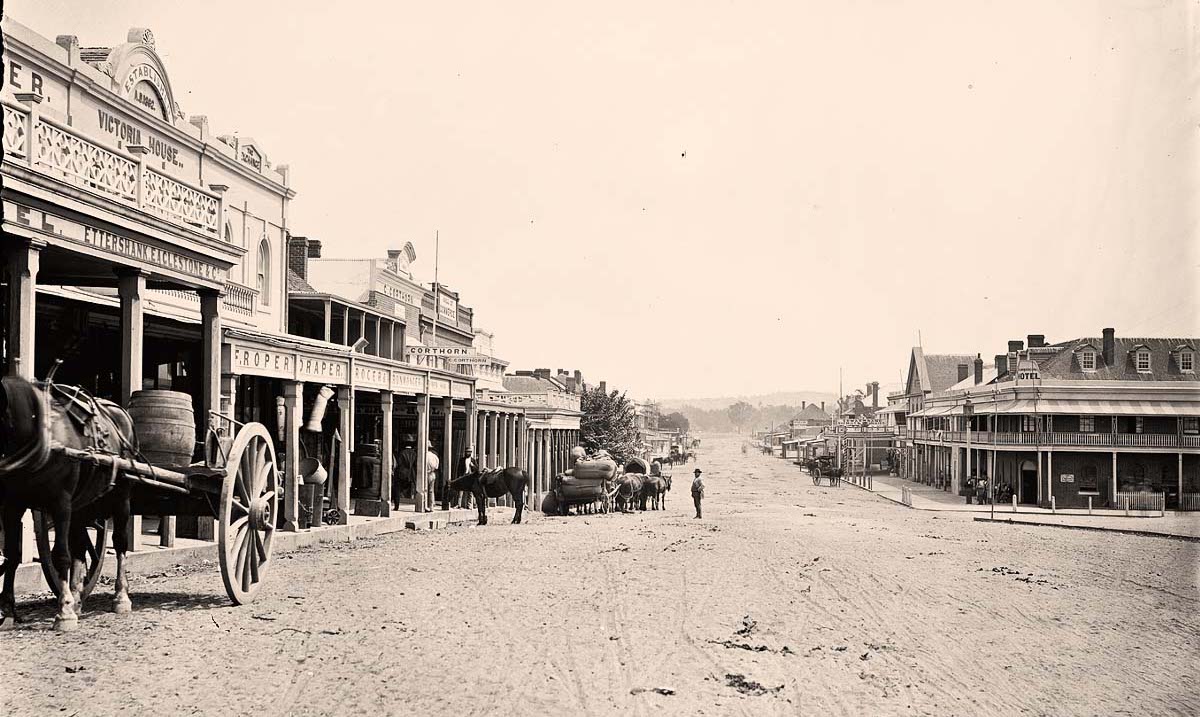
Wagga’s Fitzmaurice Street in the 1870s. Photo: CSURA.
“Wagga is destined for greatness.”
These were the words of the Sydney Morning Herald on Saturday 24 August 1850 after a successful land sale was held just days earlier.
“The results of the land sale must have been highly satisfactory to the Government [sic] and proves the correctness of our inferences, that Wagga is destined for greatness.”
Were they right? Many would say a resounding yes!
From its ancient Wiradjuri history to its proclamation as a town in 1849 and forward to today, Wagga Wagga has produced many notable people who have contributed to the state of New South Wales and Australia.
Wagga has produced a Deputy Prime Minister of Australia and a Governor of the Reserve Bank. Thomas Blamey, the son of an English butcher, was born at Lake Albert in January 1884.
He would attend Wagga Superior Public School and eventually become the first and only Australian-born Field Marshal, the nation’s highest military rank.
Wagga has also made a significant contribution to the nation’s defence through the RAAF Base Wagga and the Blamey Barracks at Kapooka, where all soldiers in the Australian Army complete their basic training.
Adding to its significance, Kapooka has been given the moniker ‘home of the Australian soldier’, while the RAAF Base Wagga had the distinction of receiving Queen Elizabeth II in February 1954.
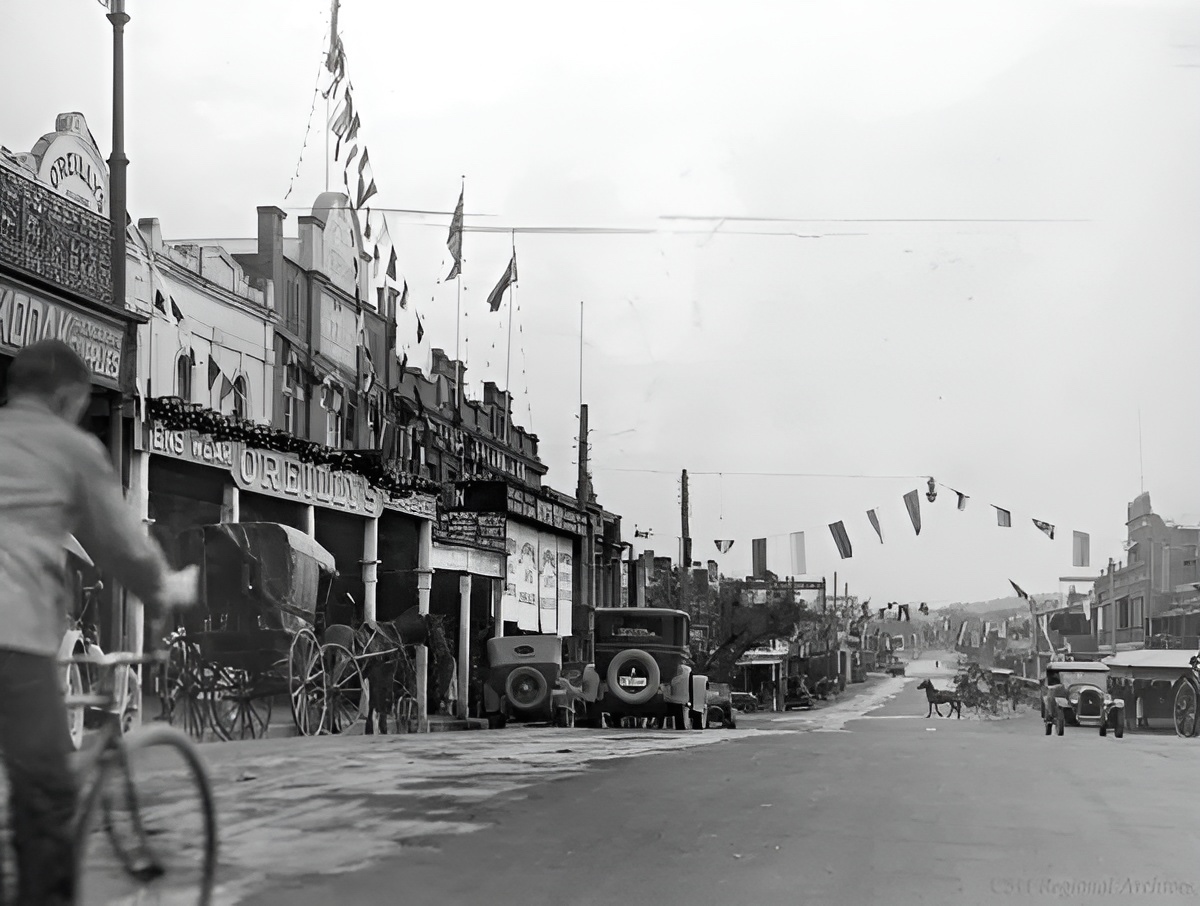
Bicycles, horses and cars all share the road on Fitzmaurice Street in the early 20th century. Photo: CSURA.
Speaking of education, could the people who attended meetings in 1849 and again in 1850 to discuss the building of a National School have imagined what heights education would reach in Wagga?
The raising of £140 at the second meeting for the erection of a school started a chain of events that would surpass any dreams that those people had. In 1860, Wagga Public School opened with seven students, and by the end of the following year there were 73.
Today, Wagga Wagga hosts four university campuses, nine high schools, 29 primary schools, 35 pre-schools and 62 childcare services.
No discussion on the credentials of Wagga as a place of greatness is complete without a look at sport.
Wagga is more than well represented in cricket, Australia’s national sport. Michael Slater and Geoff Lawson are two stars with local sporting grounds named after them, while Mark Taylor scored a century for Lake Albert at 13 years old before eventually captaining Australia.
Winning one of the four men’s major golf tournaments is an elite list for an Australian to join, but Wagga can boast Steve Elkington among their ranks. Locally produced rugby players such as Jim Lenehan, Nathan Sharpe and Piper Duck have climbed to the top in their sport, and Alicia Lucas won a rugby sevens gold medal at the 2016 Olympics.
Rugby league and Aussie rules have been two hugely popular sports in Wagga over the years, with the city by the Murrumbidgee River producing many wonderful players.
The Mortimer brothers, Peter Sterling, Greg Brentnall, David Barnhill and Jamie Soward are just a few of Wagga’s NRL stars, while AFL fans have watched the likes of Paul Kelly, Wayne Carey, Harry Cunningham, Dougal Howard and Harry Himmelberg begin their careers in Wagga.
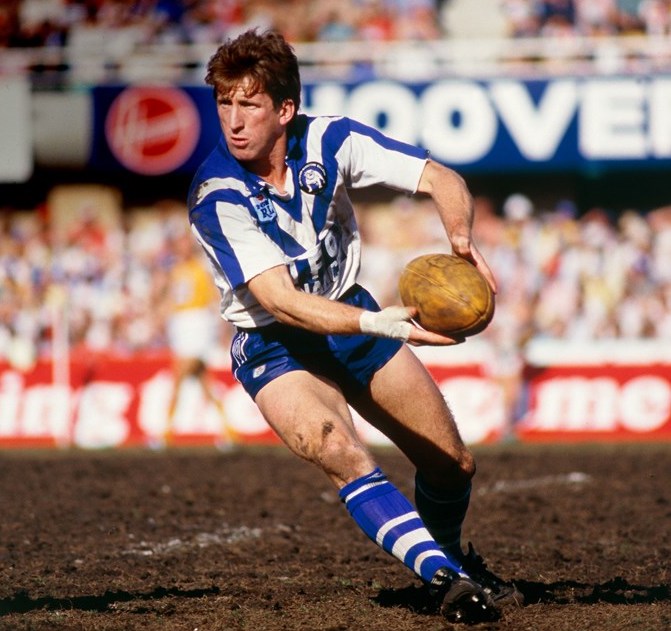
Steve ‘Turvey’ Mortimer was one of the most influential rugby league players of the 1980s. Photo: NRL Hall of Fame.
Festivals and carnivals have also played a huge role in the city’s development and standing within Australia.
Events like the Wagga Gold Cup, NRL and AFL fixtures, the Fusion Multicultural Festival, or the Wagga Wagga Food and Wine Festival contribute to the region attracting more than 1.3 million visitors each year.
While sport is among Wagga’s favourite pastimes, the city has grown economically to be a key contributor to the functioning of the state and beyond.
Agriculture has had a major influence on the local economy, with the yearly output topping $333 million in 2020-21.
Thinking of the workers at harvest time hand-loading big drays all those years ago, they might be envious of recent Wagga infrastructure developments like the Riverina Intermodal Freight and Logistics (RiFL) Hub.
The RiFL Hub puts Wagga in connection with national and international freight systems and is an indication of where the city is heading as an industrial and commercial centre for southern NSW.
Adding to this are the 190,000 people who rely on Wagga for essential healthcare, education and civic and social services.
The aforementioned only scratches the surface. It doesn’t list the many small business owners, the workers, artists, the volunteers who gave up their time year after year, the police, ambulance, fire brigade, and all the other emergency services that protect the community and add to its unique character.







